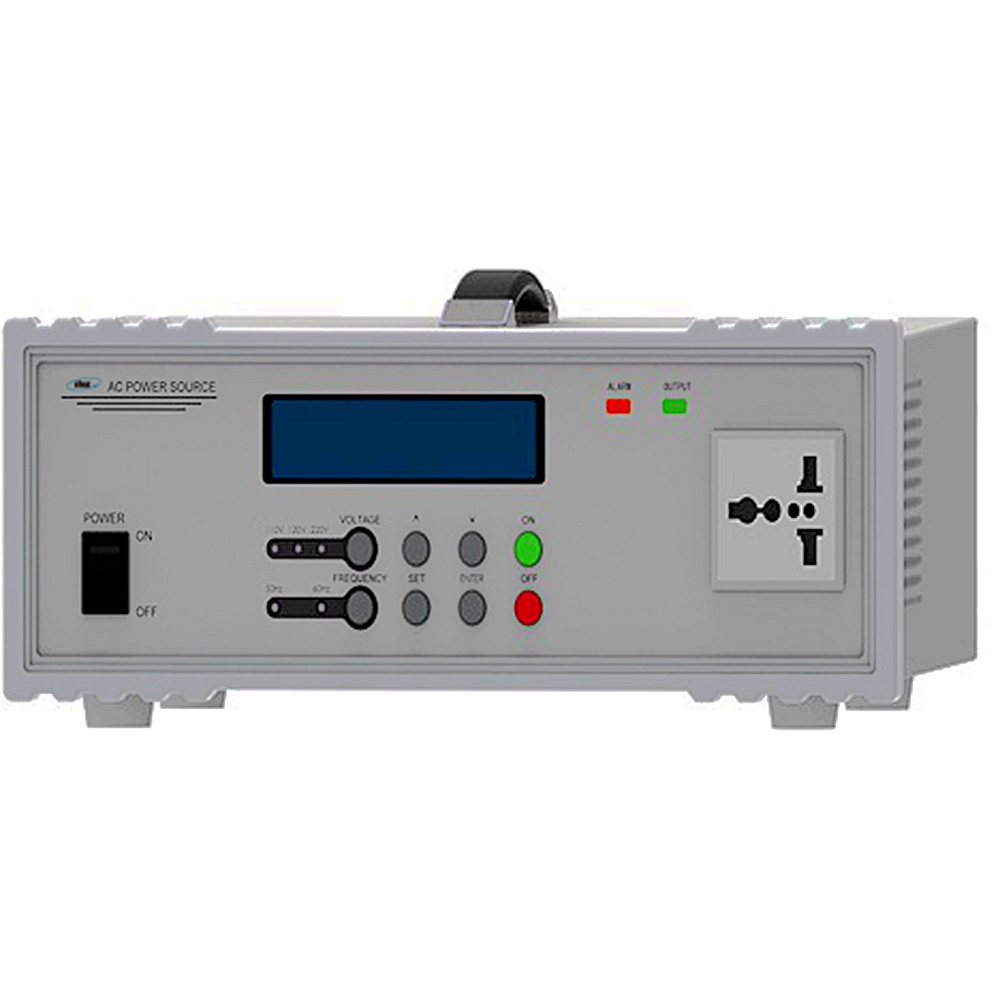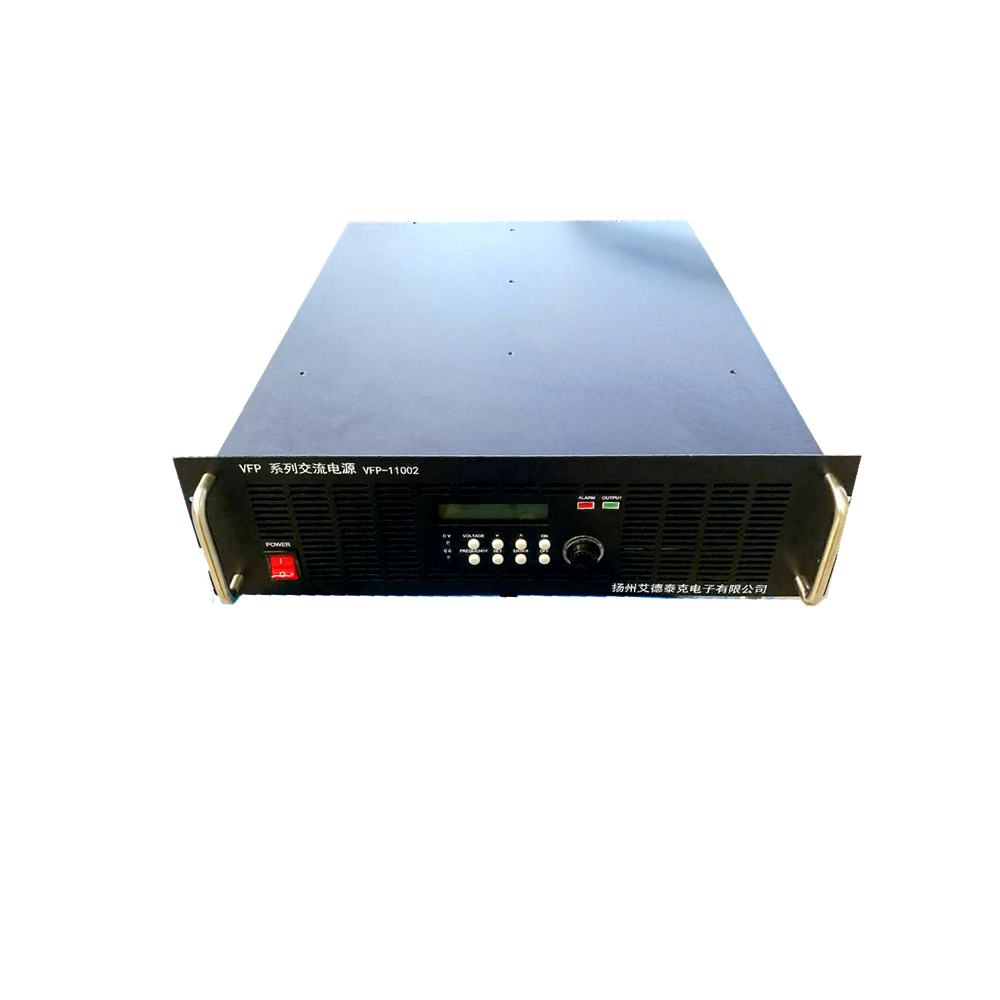**Application of the ICMP Protocol**
The ICMP (Internet Control Message Protocol) is a fundamental part of network communication, used to send error messages and operational information. It plays a key role in diagnosing network issues and ensuring smooth data transmission. For example, in Windows XP, you can configure ICMP settings by opening "Network Connections," right-clicking on the connection with the Internet Connection Firewall enabled, and selecting "Properties." Then, navigate to the "Advanced" tab and click "Settings" to access the Advanced Settings window. From there, you can adjust ICMP-related options, such as allowing incoming echo requests or blocking certain types of traffic.
We often use the ICMP protocol without even realizing it. The most common tool that relies on ICMP is the Ping command, which checks whether a device is reachable. When you run "ping," your system sends an ICMP Echo Request message to the target host. If the host responds with an ICMP Echo Reply, it confirms that the connection is working. Similarly, the Tracert (or Traceroute) command also uses ICMP to trace the path a packet takes from your computer to the destination. This helps identify where a connection might be failing.
**ICMP Application: Ping**
Ping is a built-in utility that operates at the kernel level and uses the ICMP protocol to test network connectivity. Its main function is to determine if a remote host is accessible. When you ping a server, your system sends out an ICMP Echo Request, and if the target host is active, it will respond with an ICMP Echo Reply. This reply includes important details such as the round-trip time and the Time to Live (TTL) value, which tells you how many routers the packet passed through before reaching its destination.
One interesting aspect of Ping is that it provides insight into the routing path. Each router along the way modifies the IP header, adding its own address to the list. However, due to limitations in the IP header, only a limited number of hops can be recorded. That’s why tools like Traceroute are used for more detailed routing information.
**Traceroute and ICMP**
Traceroute is another powerful tool that uses ICMP to map the path between your device and a destination. It works by sending UDP packets with increasing TTL values. The first hop has a TTL of 1, which causes the first router to discard the packet and send back an ICMP "Time Exceeded" message. The next packet has a TTL of 2, so the second router discards it, and this process continues until the packet reaches the destination host.
To detect when the packet arrives, Traceroute uses a high port number (like 30000) that is unlikely to be used by standard applications. When the destination host receives the packet, it typically sends back an ICMP "Port Unreachable" message, indicating that the destination was reached. This method allows Traceroute to collect all the intermediate router addresses, providing a complete picture of the network path.
Another useful feature of Traceroute is its ability to determine the Maximum Transmission Unit (MTU) along the path. By setting the "Don't Fragment" flag and gradually reducing the packet size upon receiving an "ICMP Fragmentation Needed" message, Traceroute identifies the largest packet size that can pass through without being fragmented.
**Three Common ICMP Unreachable Messages**
There are three primary types of ICMP unreachable messages:
1. **TTL Exceeded**: When a packet's TTL reaches zero, the router discards it and sends an ICMP "Time Exceeded" message.
2. **Port Unreachable**: This occurs when a packet arrives at a destination but no application is listening on the specified port.
3. **Fragmentation Required**: This happens when a packet is too large to be transmitted without fragmentation, but the "Don't Fragment" flag is set.
These messages help network administrators diagnose and resolve connectivity issues efficiently. Understanding how ICMP works gives users deeper insight into how their network functions and enables them to troubleshoot problems more effectively.
VFP-H series variable frequency power supply is manufactured under SPWM mode; it is designed by MOSFET module as active component, and adopts other technologies as digital frequency division, D/A conversion, instantaneous feedback and sinusoidal pulse width modulation to make the capacity of single unit up to 150KVA. Isolated transformer used to enhance total stability, strong load applicability, high quality output waveform, and simple operation, small size and light weight. In addition, this power supply has many protective functions against short circuit, over current, over load and over heat to ensure proper operation.
Comparing to traditional frequency inverter power supply, our inverter power supply removes the transformer and frequency converter, by using pure high-frequency conversion technology, with built-in by AC/DC and DC/AC parts, our AC inverter power supply could give stable AC output with prefect output precision.
Because, our new technology does not need transformer for conversion and isolation, the power supply size can be reduced within the same output power rating, and not limited by the transformer, output frequency could reach 15 ~ 1Khz continuously adjustable.
High Frequency AC Power Supplies
High Frequency Variable frequency AC power supply converts AC electric to pure sine waveform by through AC – DC – AC conversion, which is different from variable frequency speed controller and common AC voltage regulator.


VFP-H series variable frequency power supply is manufactured under SPWM mode; it is designed by MOSFET module as active component, and adopts other technologies as digital frequency division, D/A conversion, instantaneous feedback and sinusoidal pulse width modulation to make the capacity of single unit up to 150KVA. Isolated transformer used to enhance total stability, strong load applicability, high quality output waveform, and simple operation, small size and light weight. In addition, this power supply has many protective functions against short circuit, over current, over load and over heat to ensure proper operation.
Comparing to traditional frequency inverter power supply, our inverter power supply removes the transformer and frequency converter, by using pure high-frequency conversion technology, with built-in by AC/DC and DC/AC parts, our AC inverter power supply could give stable AC output with prefect output precision.
Because, our new technology does not need transformer for conversion and isolation, the power supply size can be reduced within the same output power rating, and not limited by the transformer, output frequency could reach 15 ~ 1Khz continuously adjustable.
High Frequency AC Power Sources, AC High Frequency Power Supplies, High Frequency AC Sources, AC Power Sources, AC Power Supplies
Yangzhou IdealTek Electronics Co., Ltd. , https://www.idealtekpower.com